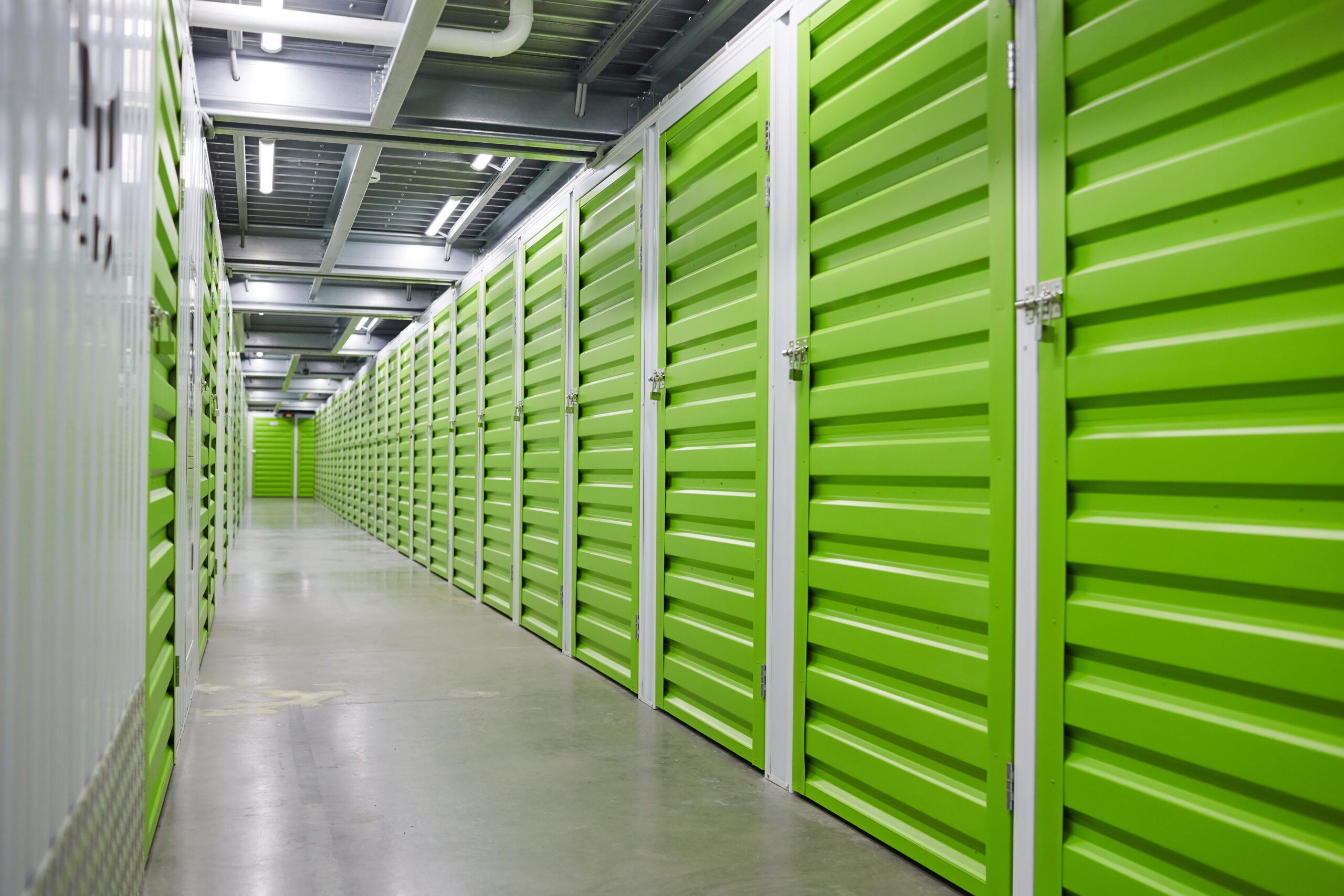Placing items in a storage unit shouldn’t be a chaotic move. Instead, it should free people from things they don’t need moving forward by placing them in one place for long-term storage. But before the items go in, here are things to accomplish to make storing these items easy-peasy work.
1. Categorize Items Going into Storage
While packing up, try to identify the items that will be stored and categorize them in groups to help you decide which ones go together in the unit. The more you want to keep, the bigger your storage unit should be. Therefore, identifying the specific items early will help you sort them or decide if they still need to be stored, thrown away, or donated.
Consider all your belongings carefully before storing them. If it’s not particularly sentimental or valuable, it may be best to donate or sell it instead.
2. Identify Storage Restrictions
Before you start planning, you need to know your chosen storage facility’s storage restrictions. Only then can you know which items can be stored in their units. There are storage units that work best for fragile items such as technology, memorabilia, or collectibles. Meanwhile, other storage units do not allow paint, gasoline, chemicals, fertilizers, fireworks, explosives, and other dangerous objects. If they are perishable or flammable, there is a great chance that those items will not be allowed in the storage unit for everyone’s safety.
3. Pack Items in Platic Bins Instead of Boxes
Keep in mind that storing items for a long time can cause them to stink up with a musty, mildewy smell. Make sure to clean or disinfect the items before storing them to keep this from happening. Because your things are clean, they will not smell bad later.
Placing items in clear plastic bins also makes it easier to spot them upon visiting the storage unit. It can save you a lot of time in searching for the specific item you’re looking for in a unit full of random objects. However, if you still prefer to put them in boxes, make sure to label them according to specific categories so you can easily track them down later.
4. Dismantle Larger Objects
Storage units have very limited space inside. If you want a larger area, you would have to pay more for it. However, you can dismantle more oversized items so they can fit better, even in a tiny space. It will also be easier to protect more oversized items from wear and tear if they are in smaller pieces to manage.
5. Organize Items Inside the Storage Unit
It helps to be strategic in placing all the items in the storage unit. You can’t just haphazardly place them all inside and expect them to fit in a small place. Therefore, proper planning will give you an idea of which items go first and those that go last.
Keep in mind that heavier items should be placed close to the floor, never the fragile ones. If you’re laying your mattress inside the unit, make sure it lays flat on the surface to prevent it from creasing. For items that you might need more often, such as seasonal clothing and decorations, place them near the entrance for easier access.
Conclusion
Storage units are great options for families who are constantly moving or do not have enough space at home. For a small amount monthly, you can get a storage unit that can hold clutter for a while until you find the use for them again.
Climate-controlled storage units are on the rise as people are keen on preserving the integrity of their items. For example, in Alabama, where the weather is too warm, Jefferson Storage offers cheap storage units in Birmingham that protect things all year round. Check out the available units and store your items today!


Recent Comments